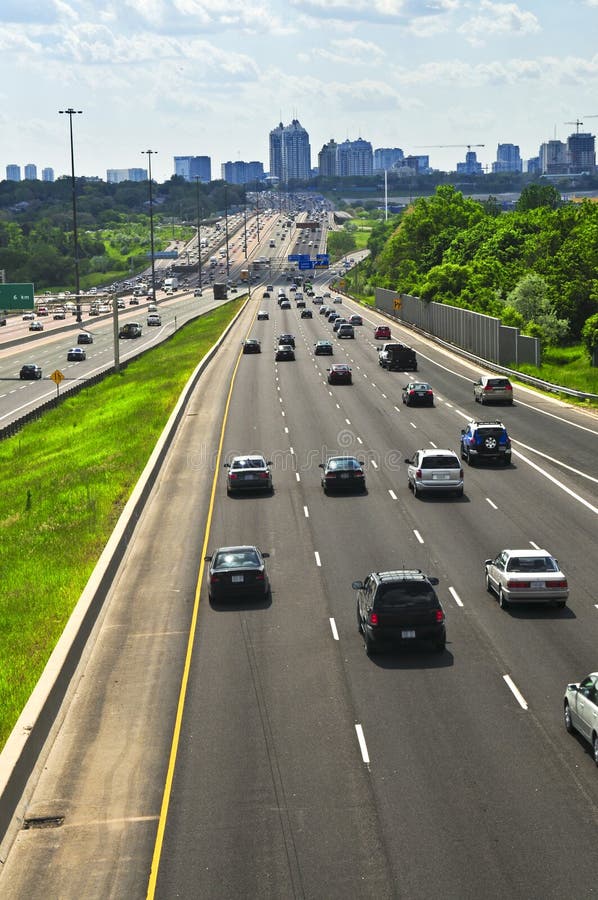

#La freeway express lanes drivers
More than 5,000 low-income drivers have registered for the credits. L.A.'s toll lanes are the first in the nation, according to Metro, to grant a one-time $25 credit and waive the monthly maintenance fee for city residents who household income is equal or lower than the federal poverty level. Higher prices could also reignite criticism that so-called "Lexus lanes" are out of reach for poor commuters. Metro has not announced any intention to create toll lanes on the 405 Freeway, but there is speculation. Metro will complete a report on these possibilities this summer. The study is also examining the creation of toll lanes on the 105 Freeway between the 110 and 605 freeways, a distance of around 12 miles. Metro is currently studying the feasibility of lengthening the lanes on the 110, which currently stretch only as far south as the 105 Freeway, almost five miles south to the junction with the 405 Freeway. motorists might be seeing more toll lanes. Price increases are not likely to sit well with anyone who decries the notion of paying for a freeway lane. "As we dig our way out of the recession and business is picking up around the region, congestion is increasing, reflecting improved employment and sales," he said. UCLA urban planning professor Martin Wachs is among those who believe worsening traffic is the result of an improving economy. More than 350,000 transponders had been sold, with a total of more than $81.5 million in revenue for transponders and tolls, according to Metro figures.

"There are a lot of wrinkles and challenges but the number of people being serviced in the corridor is more than before there were toll lanes."
#La freeway express lanes how to
"We have a huge amount of demand, and we are struggling to figure out how to manage that demand," said Genevieve Guiliano, a transportation policy expert at USC.

On the 10 Freeway, average rush hour traffic in the free lanes slowed nearly 10 miles an hour during a one-year period ending in September. Toll lanes were meant to ease congestion for all drivers, but they haven't always done that. Commuters pay an average of $9.01 to travel the 11 miles of toll lanes on the 110 Freeway, and $7.30 to drive the 14 miles of toll lanes on the 10 Freeway, according to Metro. Toll prices currently vary from $.25 to $1.40 per mile, depending on the heaviness of traffic. "They want an opportunity to tweak the system and see if they can't rectify it," Jager said. If closing the lanes down to solo drivers, who make up one third of toll lane cars, doesn't work, the agency will consider increasing the per-mile toll limit, probably in the fall, according to Metro spokesman Rick Jager. That recent tweak is part of Metro's rejiggering of a few variables to speed things up. Toll lanes on the 110 Freeway have slowed so much that the Metropolitan Transportation Authority is closing them to solo drivers for up to 30 minutes during morning rush hour. Los Angeles' FasTrak freeway lanes have become less so - and they might get pricier.
#La freeway express lanes tv
A segment for KCET's award-winning TV show "SoCal Connected" has been produced in tandem with this story.


 0 kommentar(er)
0 kommentar(er)
